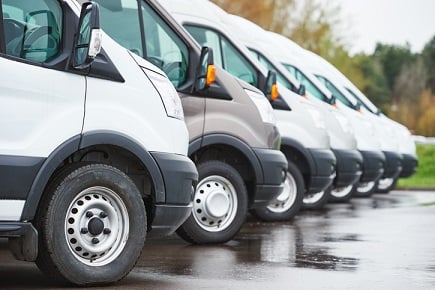We all know by now that motor insurance has hit a record high, as confirmed by the Association of British Insurers (ABI) last week.
However, while the rise in average motor insurance premiums was 11% when we compare this year’s second quarter to the same period in 2016, new analysis from Consumer Intelligence has revealed which drivers are paying considerably more.
According to Consumer Intelligence’s quarterly Van Insurance Index, average premiums for van drivers are nearly two-and-a-half times higher than for car drivers. Insurance research showed that van drivers are facing annual insurance price increases of 29.5%, with average premiums at £1,636.
Concurring with ABI, Consumer Intelligence also identified the adjusted Ogden rate and the Insurance Premium Tax as cost culprits.
“The acceleration in insurance costs for van drivers is down to the Ogden changes in March with tax rises and claim costs adding to the pressure,” said Consumer Intelligence pricing expert John Blevins.
He explained: “Before the Odgen rules came into effect in March, prices were rising by around 1% a month and then rocketed by 11.4% in April with the Insurance Premium Tax rise in June adding another 2%.”
According to Consumer Intelligence, average premiums for vans are more expensive than for cars as the cost of claim payouts is higher as insurance may have to cover lost business as a result of owners not being able to work and with vans being generally more technologically advanced.
It said the price difference between “social, domestic, and pleasure” and “carriage of own goods” is driven by insurers rating customers using vans for work as a better risk as they are more likely to be careful with their vehicle.
“Choosing the correct cover is vital and opting for carriage of own goods where appropriate will reduce premiums as will shopping around as prices vary month on month and between providers. But unfortunately it seems the only way is up,” said Blevins.
Related stories:
ABI confirms motor insurance has hit a record high
Ogden rate means higher car insurance premiums – but by how much?


